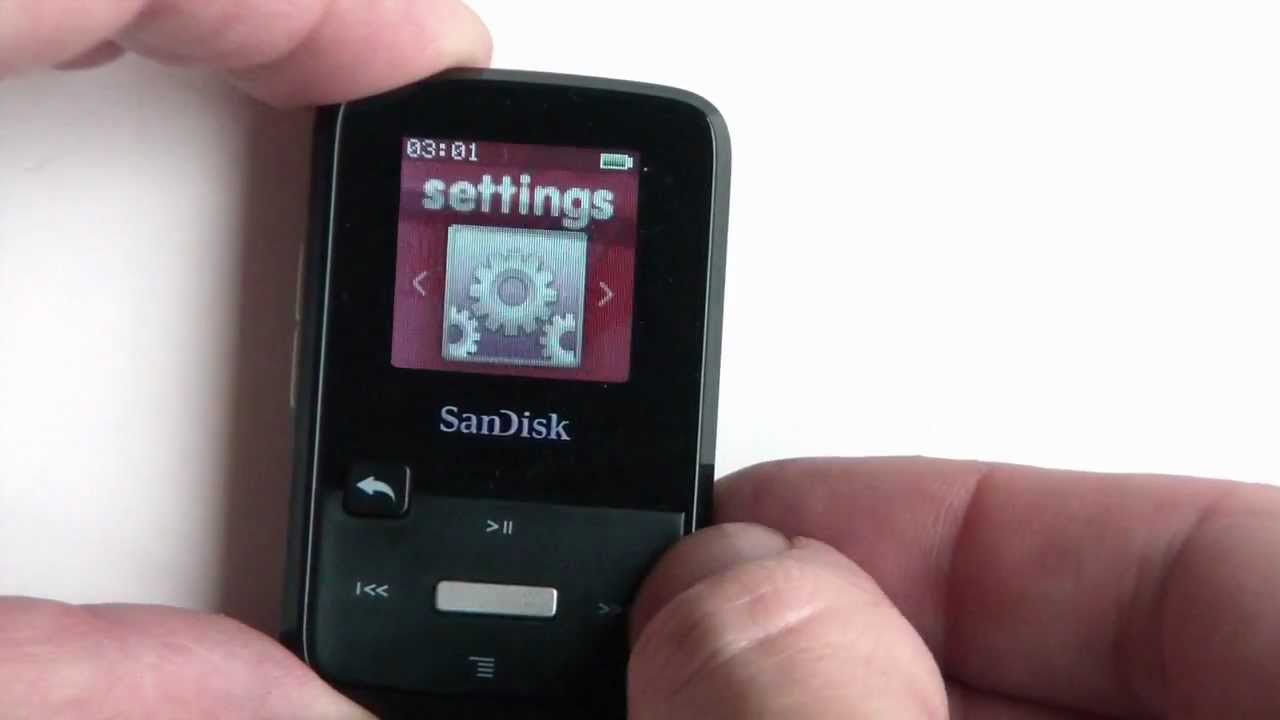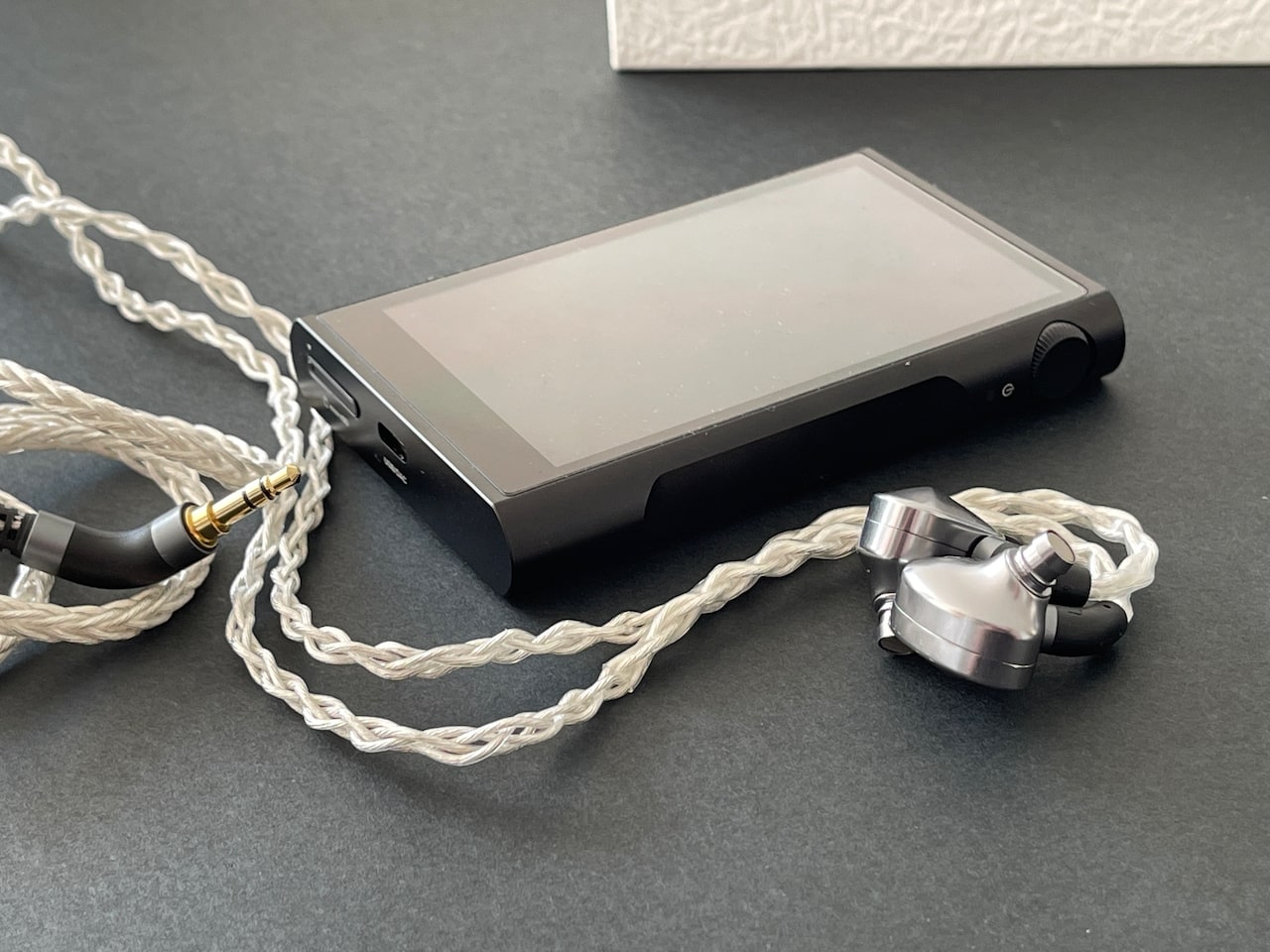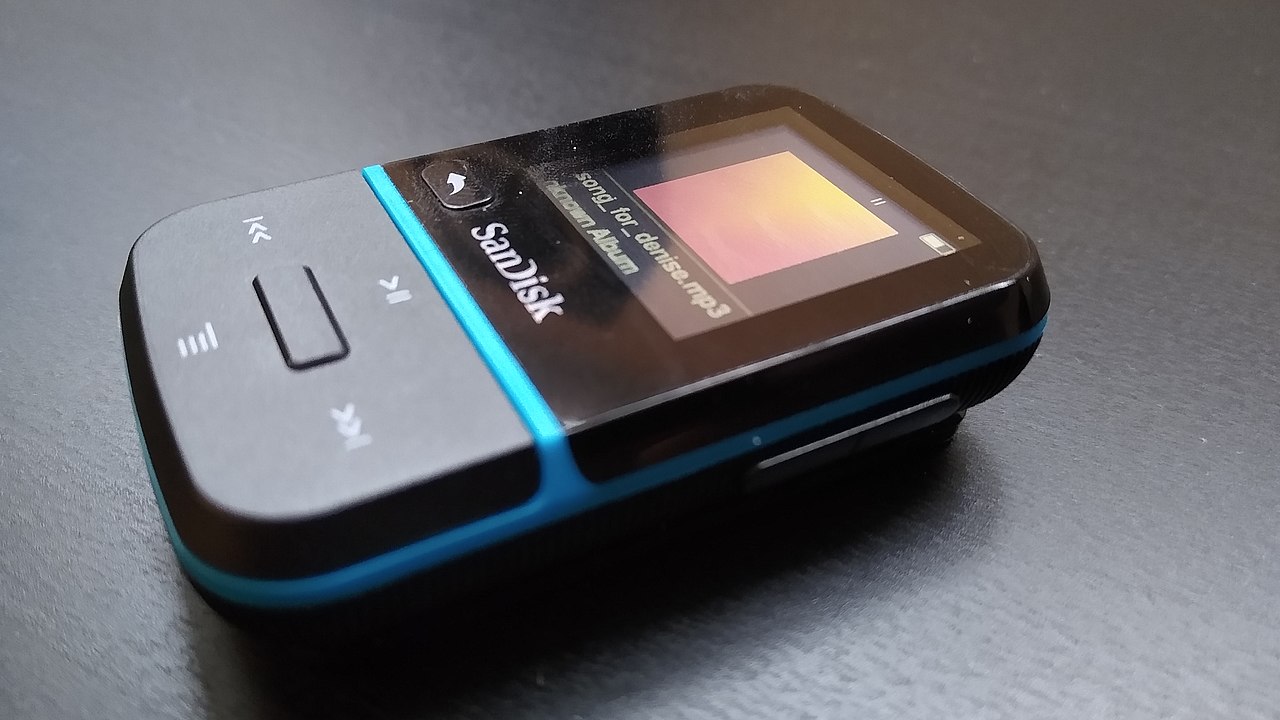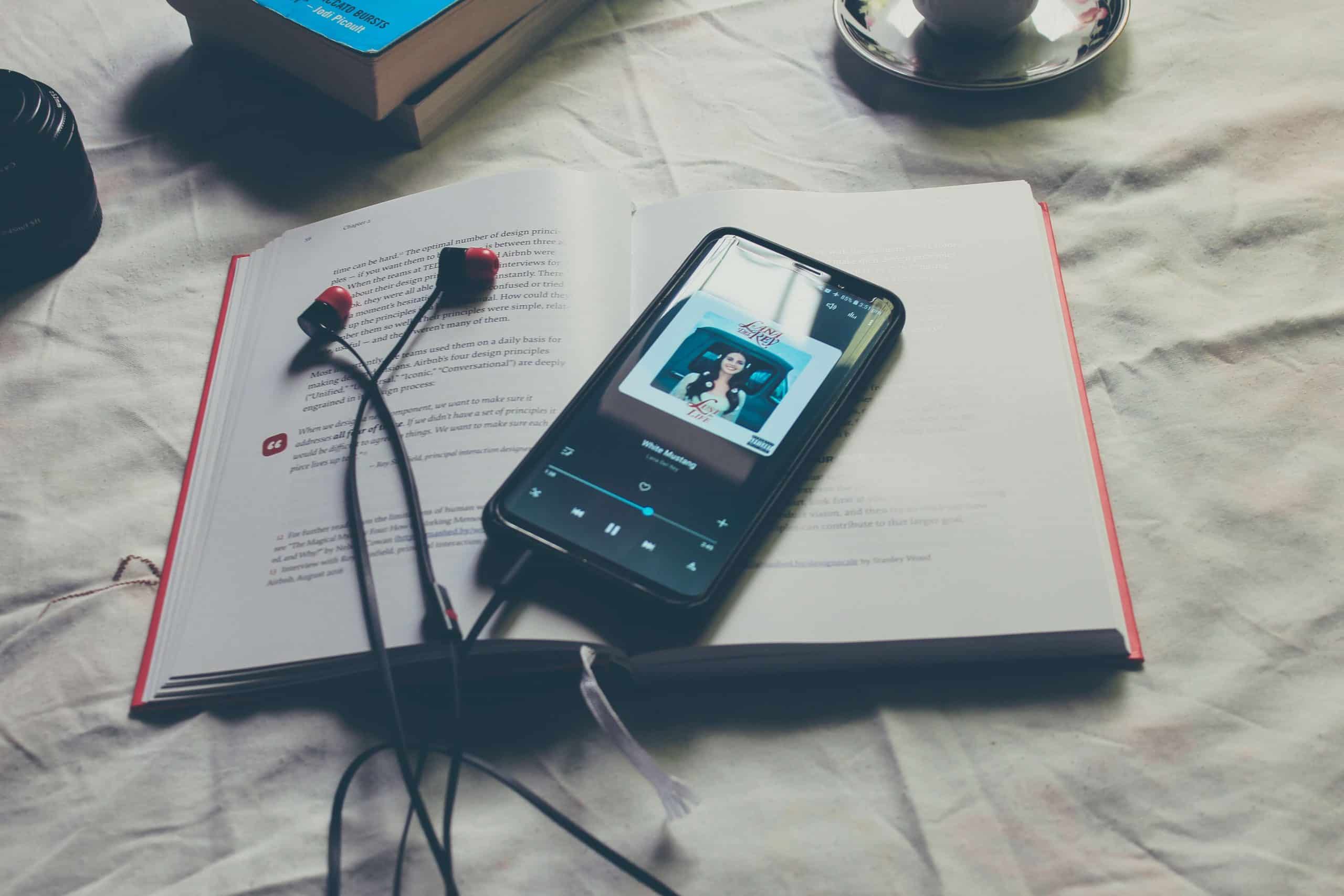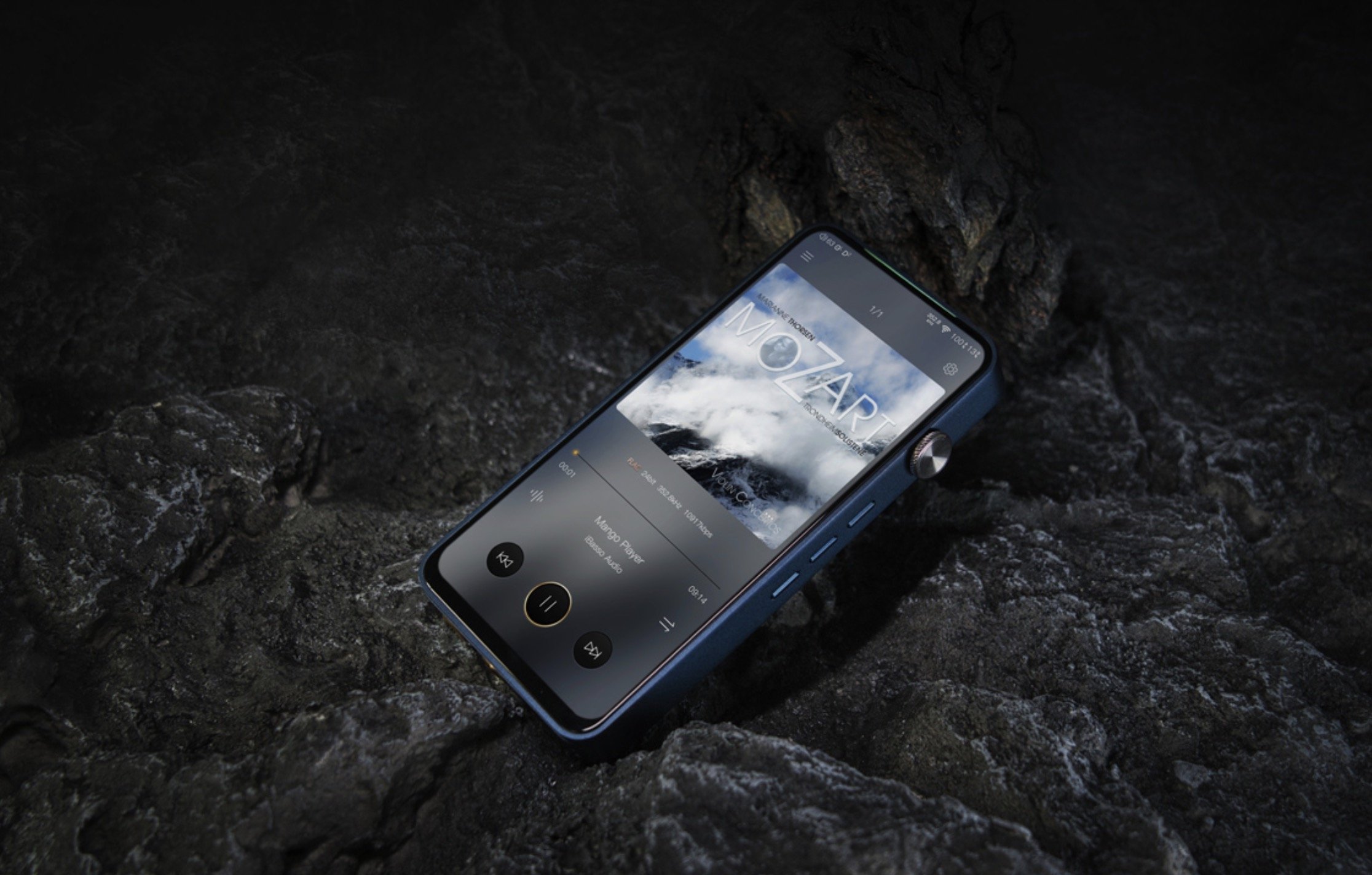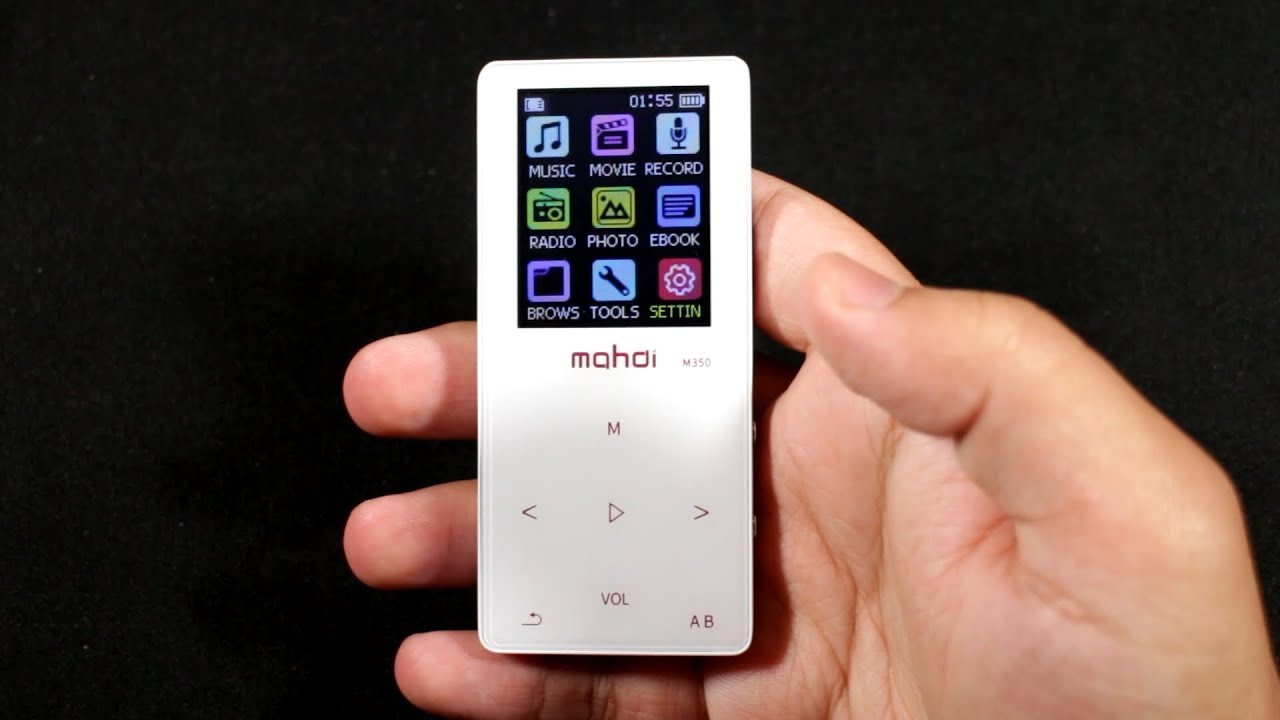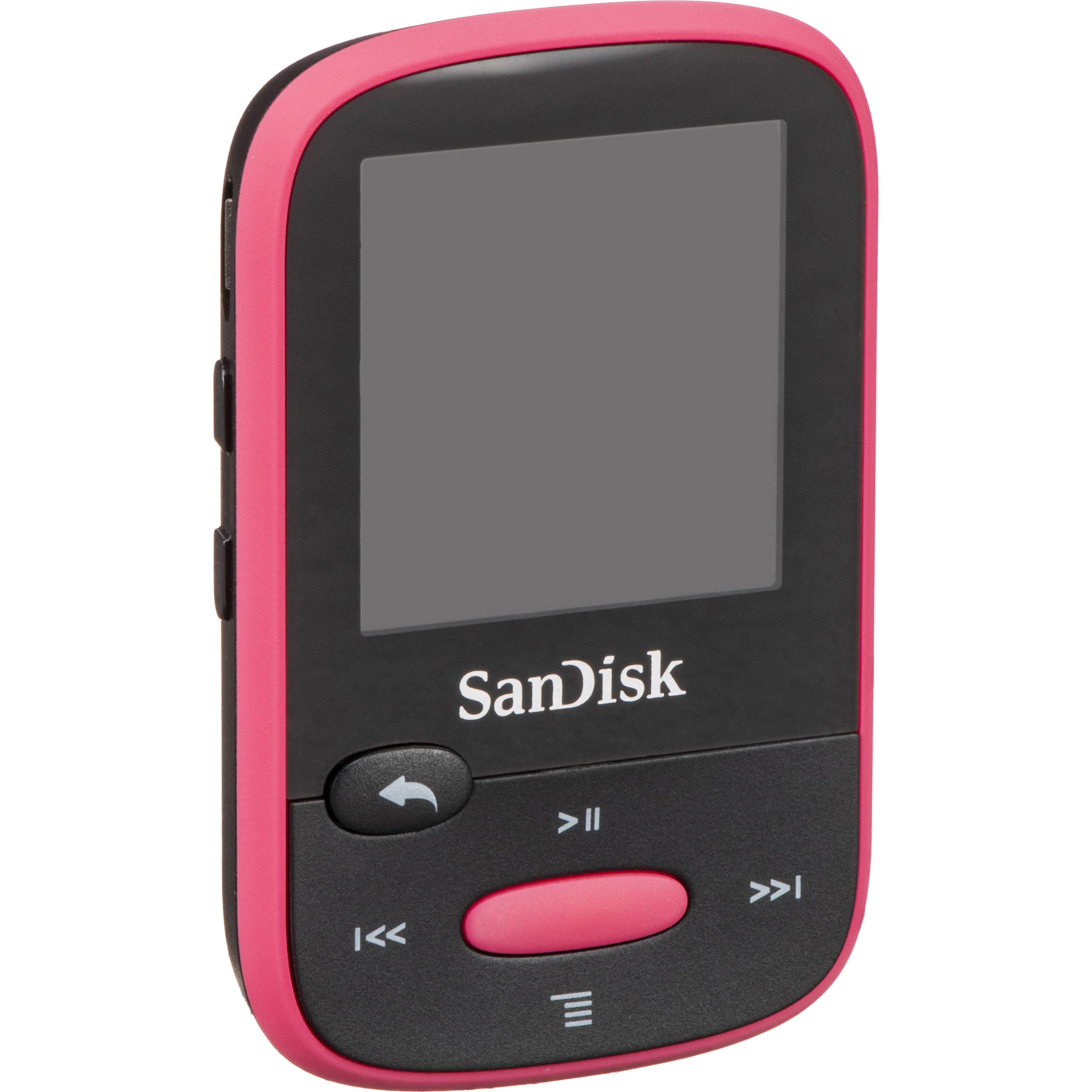Home>Production & Technology>MP3>How To Use MP3 Player In Car
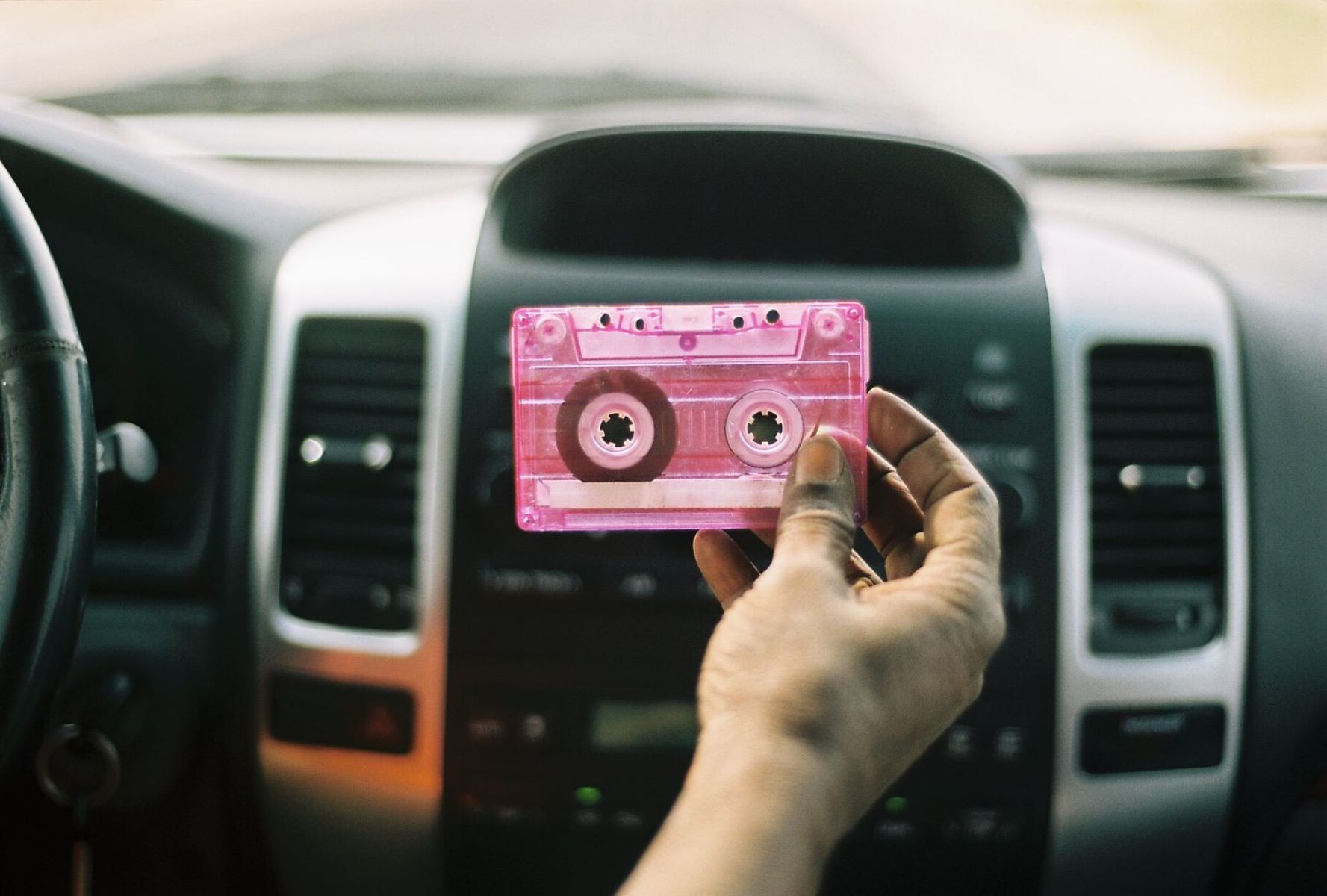

MP3
How To Use MP3 Player In Car
Modified: January 22, 2024
Learn how to use an MP3 player in your car for ultimate entertainment on the go. Discover step-by-step instructions and tips for seamless integration.
(Many of the links in this article redirect to a specific reviewed product. Your purchase of these products through affiliate links helps to generate commission for AudioLover.com, at no extra cost. Learn more)
Table of Contents
- Introduction
- Step 1: Check your car’s compatibility
- Step 2: Choose the right MP3 player
- Step 3: Connect your MP3 player to the car’s audio system
- Step 4: Set up the MP3 player
- Step 5: Start playing music
- Step 6: Adjust the volume and settings
- Step 7: Charge your MP3 player
- Step 8: Troubleshooting common issues
- Conclusion
Introduction
In today’s digital era, music has become an integral part of our lives. Whether it’s commuting to work, going on a long road trip, or simply running errands, having your favorite tunes at your fingertips can make any journey more enjoyable. One popular way to bring your music on the go is by using an MP3 player in your car.
MP3 players are portable devices that allow you to store and play digital music files. They offer a convenient and compact solution for organizing and accessing your music library. With the right setup, you can easily connect your MP3 player to your car’s audio system and enjoy your favorite tracks while on the road.
In this article, we will walk you through the steps on how to use an MP3 player in your car. Whether you have an older car without Bluetooth connectivity or simply prefer the control and versatility that a dedicated MP3 player offers, this guide will help you get your music playing smoothly.
Before diving into the steps, it’s essential to note that different car models and audio systems may have varying compatibility and requirements. Therefore, it’s important to check your car’s specifications and consult the user manual for any specific instructions. With that in mind, let’s get started on how to use an MP3 player in your car.
Step 1: Check your car’s compatibility
Before you begin using an MP3 player in your car, it’s crucial to check if your car’s audio system is compatible with external devices. Most modern cars come with built-in connectivity features such as USB ports, AUX inputs, or Bluetooth connectivity. These features allow you to easily connect your MP3 player to the car’s audio system.
To determine the compatibility of your car, start by inspecting the dashboard for any available USB or AUX ports. If you find a USB port, it’s likely that your car supports external devices such as MP3 players. Similarly, if you spot an AUX input, you can connect your MP3 player using an auxiliary cable.
If your car doesn’t have USB or AUX ports, don’t worry—you can still use an MP3 player with an FM transmitter. An FM transmitter works by broadcasting the audio signal from your MP3 player to a specific FM frequency on your car’s radio. This allows you to wirelessly transmit the music from your MP3 player to your car’s speakers.
Additionally, some car audio systems support Bluetooth connectivity, which enables you to pair your MP3 player wirelessly. Check your car’s user manual or consult the manufacturer’s website to determine if your car has this feature.
It’s worth noting that older car models or those without advanced audio systems may not have USB, AUX, or Bluetooth capabilities. In such cases, you might need to explore other alternatives, such as using a cassette adapter or upgrading your car’s audio system.
By ensuring your car’s compatibility with external devices, you’ll be better prepared to proceed with using an MP3 player in your car. Once you have determined the compatibility, you can move on to the next step of choosing the right MP3 player.
Step 2: Choose the right MP3 player
Choosing the right MP3 player for your car is crucial to ensure a smooth and enjoyable music experience. There are a variety of options available in the market, each with its own set of features and capabilities. Consider the following factors when selecting an MP3 player for your car:
1. Storage Capacity: Look for an MP3 player with sufficient storage capacity to hold your desired music library. Consider the number of songs you want to store and opt for a player with expandable storage if needed.
2. Battery Life: If you frequently go on long journeys, selecting an MP3 player with a long battery life is essential. Look for devices that offer at least 10-12 hours of playback time to ensure uninterrupted music enjoyment.
3. User Interface: Ensure that the MP3 player has a user-friendly interface that allows for easy navigation and control. Check for features such as a touchscreen, intuitive menu options, and quick access to playlists and songs.
4. File Format Compatibility: Make sure the MP3 player supports popular audio file formats such as MP3, WAV, or AAC. This ensures that your player can play the majority of songs in your music library.
5. Connectivity Options: Consider the connectivity options available on the MP3 player. If your car has a USB port or AUX input, opt for an MP3 player with USB or headphone jack connectivity. If your car has Bluetooth, choose a player with Bluetooth capabilities for wireless connection.
6. Additional Features: Some MP3 players come with additional features like FM radio, voice recording, or Bluetooth connectivity for hands-free calling. Assess if these features are important to you and select a player that includes them.
It’s also worth reading reviews and comparing different models to gauge their reliability, sound quality, and durability. Additionally, consider your budget when choosing an MP3 player, as prices can vary depending on the brand and features offered.
By considering these factors, you can select an MP3 player that meets your specific requirements and enhances your car’s audio system. Once you have chosen the right MP3 player, you’re ready to move on to the next step: connecting it to your car’s audio system.
Step 3: Connect your MP3 player to the car’s audio system
Now that you have your MP3 player and have ensured compatibility with your car’s audio system, it’s time to connect the two. The method of connection will depend on the available connectivity options in your car and the specific features of your MP3 player. Here are a few common methods:
1. USB Connection: If your car has a USB port, this is one of the easiest and most convenient ways to connect your MP3 player. Simply plug one end of the USB cable into the USB port on your car’s audio system, and the other end into the USB port on your MP3 player. Your car’s audio system should automatically recognize the MP3 player, and you’ll be able to access and play your music through the car’s speakers.
2. AUX Input: If your car has an AUX input but no USB port, you can use an auxiliary cable to connect your MP3 player. Plug one end of the auxiliary cable into the AUX input on your car’s audio system, and the other end into the headphone jack of your MP3 player. Make sure to set your car’s audio system to the AUX input mode, and you’ll be able to listen to your music through your car’s speakers.
3. Bluetooth Connection: If your car has Bluetooth connectivity and your MP3 player supports it, you can connect the two wirelessly. On your car’s audio system, enable Bluetooth pairing mode. Then, on your MP3 player, go to the Bluetooth settings and search for available devices. Select your car’s audio system from the list, and follow the on-screen prompts to complete the pairing process. Once connected, you’ll be able to stream your music wirelessly to your car’s speakers.
4. FM Transmitter: If your car doesn’t have USB, AUX, or Bluetooth capabilities, you can use an FM transmitter to wirelessly transmit the audio signal from your MP3 player to your car’s radio. Plug the FM transmitter into your MP3 player’s headphone jack, set it to an unused FM frequency, and tune your car’s radio to the same frequency. You’ll be able to hear your music through your car’s speakers.
Remember to refer to your car’s user manual and your MP3 player’s instructions for any specific details or additional steps required for the connection process. Once you’ve successfully connected your MP3 player to your car’s audio system, you’re ready to move on to the next step: setting up your MP3 player.
Step 4: Set up the MP3 player
After connecting your MP3 player to your car’s audio system, it’s time to set up the player and ensure that it’s ready to play your favorite tunes. Here are a few key steps to follow during the setup process:
1. Organize your music: Before transferring your music to the MP3 player, make sure you have sorted and organized your music library. Create folders or playlists based on your preferences, genres, or artists to easily navigate through your collection.
2. Transfer music to the MP3 player: Connect your MP3 player to your computer using the USB cable provided. Open the file explorer or media management software on your computer and locate your MP3 player. Drag and drop your music files or folders into the designated music folder on the player. Make sure to follow any software instructions for properly transferring the files and ensuring compatibility.
3. Sync your MP3 player: If your MP3 player supports syncing software, install the appropriate software and follow the instructions to sync your music library. This will help keep your player updated with the latest additions or changes to your music collection.
4. Create playlists: If your MP3 player allows for playlist creation, take advantage of this feature to curate customized playlists for different moods or occasions. Arrange your favorite songs in playlists and assign them relevant names for easy access while driving.
5. Set up shuffle and repeat modes: Familiarize yourself with the settings and options on your MP3 player. Adjust the shuffle and repeat modes according to your preferences. Shuffle will randomly play songs in your library, while repeat will ensure continuous playback of your selected playlist or album.
6. Adjust equalizer settings: Many MP3 players offer equalizer settings to optimize audio output. Experiment with the available EQ presets or manually adjust the settings to enhance the sound quality based on your listening preferences.
Remember to consult your MP3 player’s user manual for specific instructions on setup and customization options. By properly setting up your MP3 player, you’ll have a personalized and organized music experience while on the road.
Step 5: Start playing music
With your MP3 player set up and ready to go, it’s time to start playing your favorite music in your car. Follow these steps to begin enjoying your tunes:
1. Turn on your car: Start by turning on your car’s ignition to power up the audio system. Make sure your MP3 player is connected and properly recognized by the car’s audio system.
2. Select the music source: On your car’s audio system, select the appropriate music source. This could be USB, AUX, or Bluetooth, depending on the type of connection you established with your MP3 player.
3. Navigate through your music library: Use the interface on your MP3 player or the car’s audio system to navigate through your music library. You can browse by artist, album, playlist, or song title to find the desired track.
4. Choose a song or playlist: Select the song or playlist you want to play. If using playlists, choose the specific playlist you want to listen to. Alternatively, you can select individual songs or albums to play.
5. Play, pause, and skip tracks: Once you’ve selected your desired music, use the playback controls on either your MP3 player or the car’s audio system to play, pause, and skip tracks. Some MP3 players even have remote control options, allowing you to control the playback from the steering wheel or dash-mounted controls.
6. Adjust the volume: Use the volume controls on your car’s audio system to adjust the volume to your liking. Ensure that the volume level is comfortable and doesn’t distract you while driving.
7. Enjoy the music: Sit back, relax, and enjoy your favorite tunes! Allow the music to enhance your driving experience and set the mood for your journey.
Remember to follow safe driving practices while operating your MP3 player in the car. Avoid getting distracted by constantly searching for songs or adjusting the settings. It’s always better to set up your playlist or music selection before starting your journey to ensure a seamless and distraction-free experience.
Continue to step 6 to learn about adjusting volume and settings on your MP3 player while driving.
Step 6: Adjust the volume and settings
Once your music is playing through your MP3 player in the car, you may want to make adjustments to the volume and settings for an optimal listening experience. Here are some steps to follow:
1. Volume adjustment: Use the volume controls on your car’s audio system to increase or decrease the volume. Gradually adjust the volume to a comfortable level that allows you to enjoy the music without disturbing your concentration while driving. Be mindful of local traffic regulations regarding volume limits.
2. Equalizer settings: If your MP3 player has an equalizer feature, you can fine-tune the sound to your liking. Experiment with different equalizer presets or manually adjust the settings to enhance bass, treble, or other audio frequencies. Find the balance that suits your preferences and the genre of music you’re listening to.
3. Repeat or shuffle modes: If you want to repeat a specific song or playlist, use the repeat mode feature on your MP3 player. This will keep the selected song or playlist looping continuously. If you prefer a random playback order, enable the shuffle mode, which will play songs in a random sequence.
4. Playback options: Familiarize yourself with the playback options available on your MP3 player. Some devices allow you to skip tracks, fast forward or rewind within a song, or pause and resume playback. Explore these options to take control over your music listening experience.
5. Display settings: If your MP3 player has a display screen, navigate to the display settings to adjust brightness, font size, or screen timeout settings. Make sure the display is clear and easy to read while driving.
6. Bluetooth settings (if applicable): If you’re using Bluetooth connectivity to play music from your MP3 player, you may have additional settings to manage. Check your device’s Bluetooth settings to adjust pairing preferences, enable/disable automatic connection, or manage connected devices.
Remember, it’s important to make any adjustments while safely parked or during a stop. Distracted driving can be dangerous, so be mindful of your surroundings and prioritize safe driving practices.
With your music playing and the volume and settings adjusted to your liking, you can now fully enjoy your favorite songs while on the road. Next, we’ll cover the importance of keeping your MP3 player charged in Step 7.
Step 7: Charge your MP3 player
To ensure uninterrupted music playback, it’s important to keep your MP3 player charged. Here are some steps on how to effectively charge your device:
1. Determine your charging method: Different MP3 players have different charging methods. Some may come with a USB cable that can be connected to a computer or a USB wall charger. Others have proprietary charging cables or wireless charging capabilities. Identify the specific charging method for your MP3 player.
2. Connect your MP3 player to a power source: Plug one end of the charging cable into your MP3 player and the other end into a power source. If charging via USB, you can connect to a computer, a car charger, or a wall socket charger with a USB port.
3. Charging indicator: Your MP3 player may have a charging indicator light that shows the charging status. It may change color or blink to indicate the progress. Refer to the user manual for specific information on how to interpret the charging indicator.
4. Charging time: Allow your MP3 player to charge fully. The charging time can vary depending on the device’s battery capacity. It’s recommended to charge the device fully before a long drive to ensure maximum playback time.
5. Charging maintenance: To maintain the battery life of your MP3 player, avoid completely draining the battery before charging. Regularly top up the battery when it reaches a low level. Additionally, store your MP3 player in a cool and dry location to prevent overheating or damage.
6. Portable power bank: If you plan on using your MP3 player extensively while on the road, consider investing in a portable power bank. These devices allow you to charge your MP3 player on the go, ensuring a continuous power supply.
By following these steps and keeping your MP3 player adequately charged, you’ll be able to enjoy your music without interruptions during your car journeys.
Note: It’s important to check the specific charging instructions and recommendations provided by your MP3 player’s manufacturer to ensure proper charging and battery maintenance. Charging practices may vary between different devices.
Step 8: Troubleshooting common issues
While using an MP3 player in your car, you may encounter certain issues that can disrupt your music listening experience. Here are some common problems and troubleshooting tips to help you resolve them:
1. No sound: If you experience a lack of sound when playing music, check the volume settings on both your MP3 player and the car’s audio system. Ensure that the volume is turned up and not muted. Also, verify that the correct audio source is selected on your car’s audio system.
2. Poor sound quality: If you notice distorted or low-quality audio, check the equalizer settings on your MP3 player. Adjust the settings to improve the balance of frequencies and enhance the overall sound. Additionally, ensure that your audio files are of high quality and not corrupted.
3. Connectivity issues: If you’re facing difficulties with Bluetooth or USB connection, try disconnecting and reconnecting the MP3 player. Restart your car’s audio system and your MP3 player, ensuring that both devices are properly paired or connected. If the issue persists, check for any available software updates for your MP3 player or consult the user manual for troubleshooting tips.
4. Skipping or freezing: If your MP3 player is experiencing skipping or freezing during playback, it may be due to a slow or corrupted storage device. Try transferring your music files to a fresh memory card or clear any unnecessary files to free up storage space. If the issue persists, consider formatting the device or seeking assistance from the manufacturer.
5. Battery draining quickly: If you notice that your MP3 player’s battery is draining faster than usual, check for any power-hungry applications or background processes running on the device. Close unnecessary applications or disable features like Bluetooth when not in use. If the battery continues to drain quickly, it may be time to replace the battery.
6. Firmware or software updates: Regularly check for firmware or software updates for your MP3 player. Manufacturers often release updates to address bugs, improve performance, and introduce new features. Updating your device’s firmware or software can help resolve many issues and enhance its overall functionality.
If you encounter any other specific issues, referring to the user manual or contacting the customer support of your MP3 player can provide further assistance.
By following these troubleshooting tips, you’ll be better equipped to address any common issues that may arise while using an MP3 player in your car. Enjoy your music hassle-free during your journeys!
Conclusion
Incorporating an MP3 player into your car’s audio system can significantly enhance your driving experience by allowing you to enjoy your favorite music while on the road. By following the steps outlined in this guide, you can easily set up and use an MP3 player in your car.
First, check your car’s compatibility with external devices and determine the available connectivity options such as USB, AUX, or Bluetooth. Next, choose the right MP3 player that suits your preferences and meets your needs in terms of storage capacity, battery life, and user interface.
Once you have your MP3 player, connect it to your car’s audio system using the appropriate method, such as a USB cable, AUX cable, or Bluetooth pairing. Set up your MP3 player by organizing your music library, transferring music files, creating playlists, and adjusting settings like equalizer presets and repeat/shuffle modes.
After setting up, start playing your music through your car’s speakers, adjusting the volume and settings as desired. Keep your MP3 player charged to ensure continuous playback on your car journeys, and troubleshoot common issues that may arise.
Remember to prioritize safe driving practices and avoid distractions when operating your MP3 player in the car. By following these steps and guidelines, you can enjoy your favorite songs and playlists seamlessly while on the road.
So, gear up, connect your MP3 player, and embark on an unforgettable musical journey during your car rides. Happy listening!

